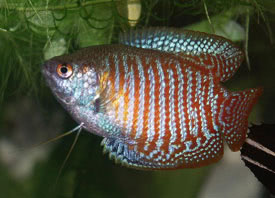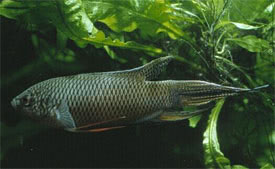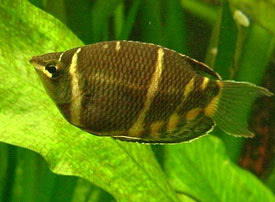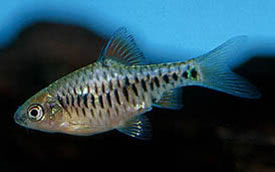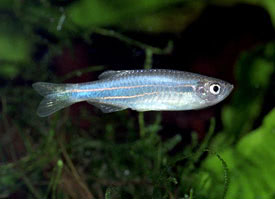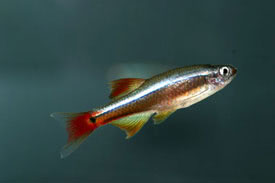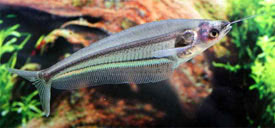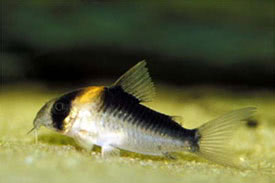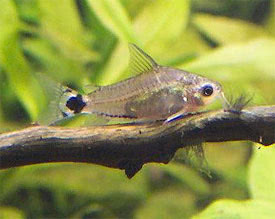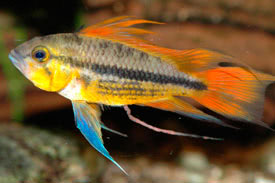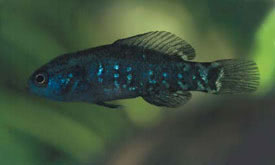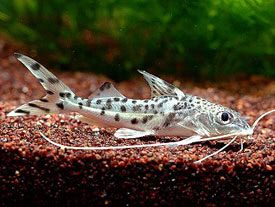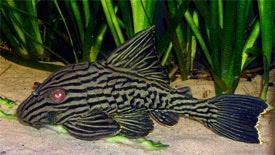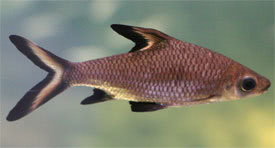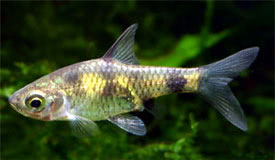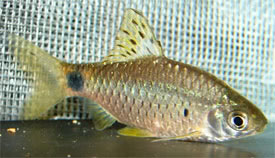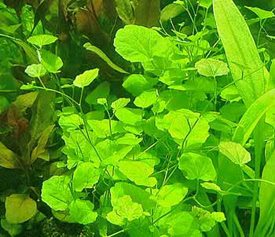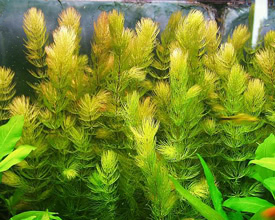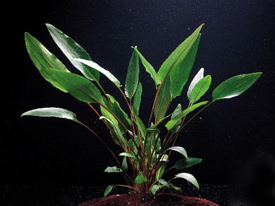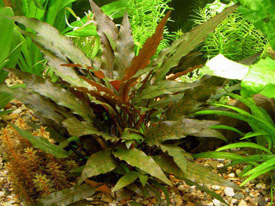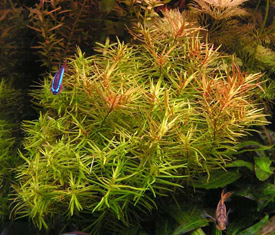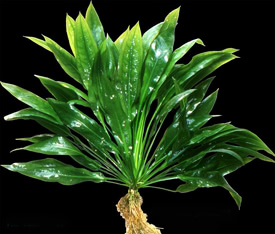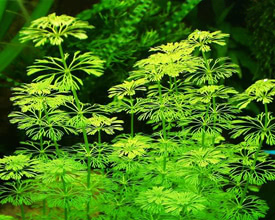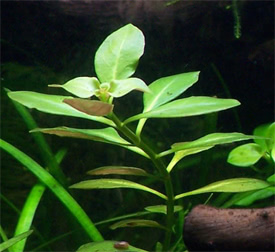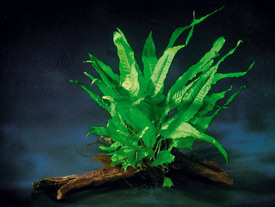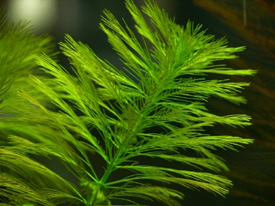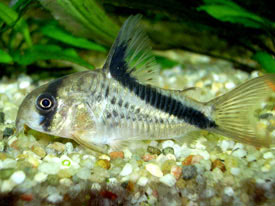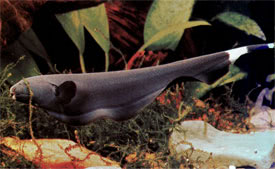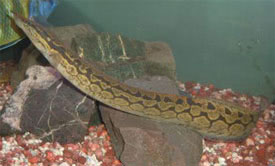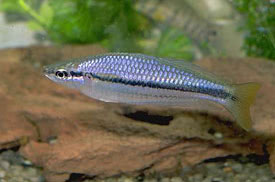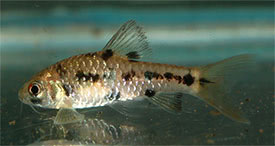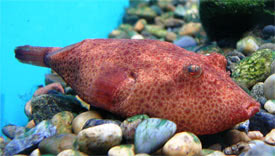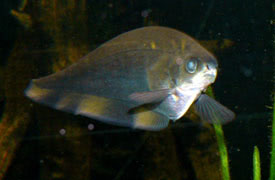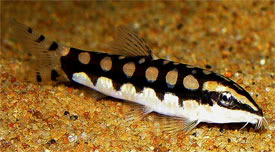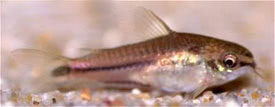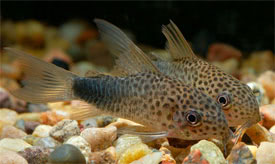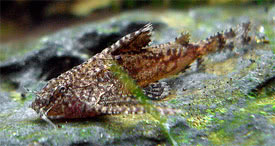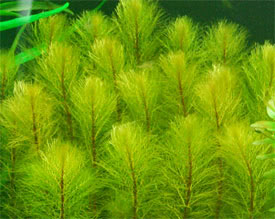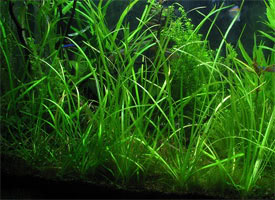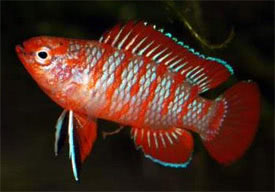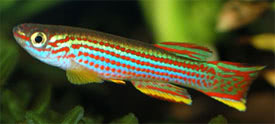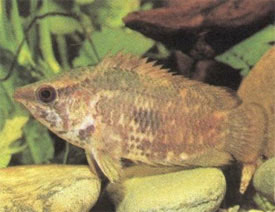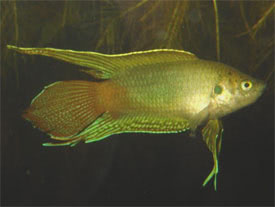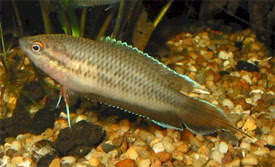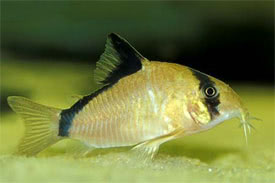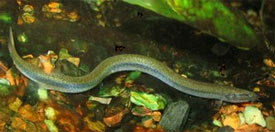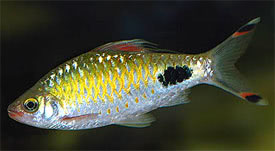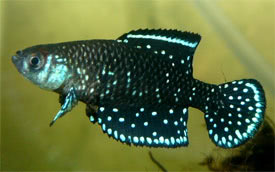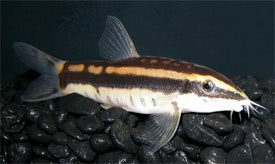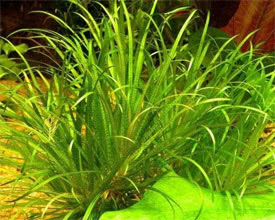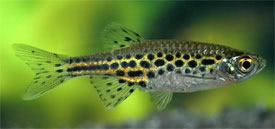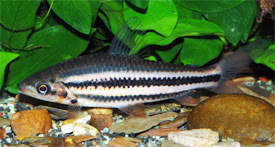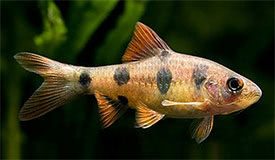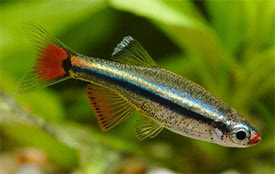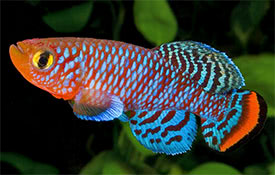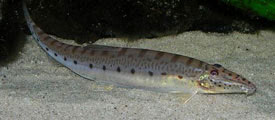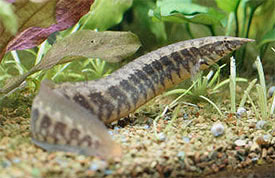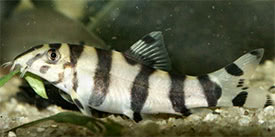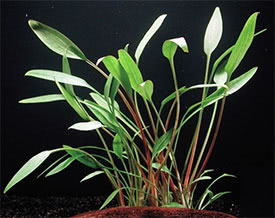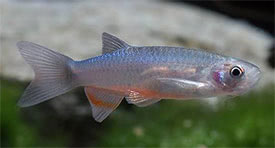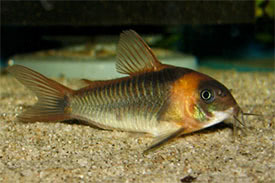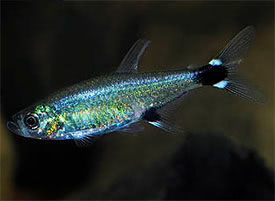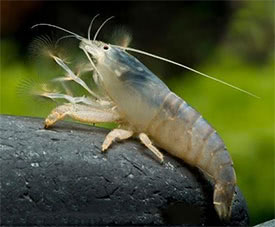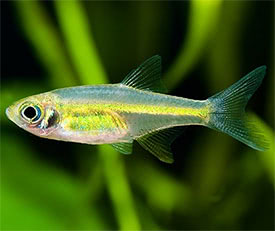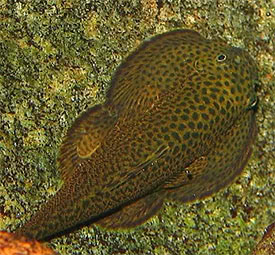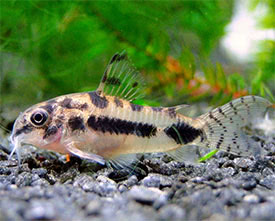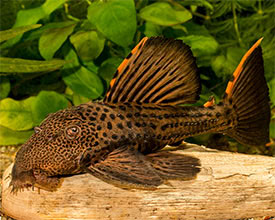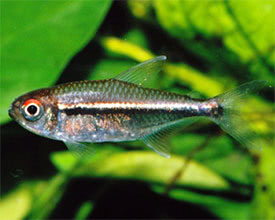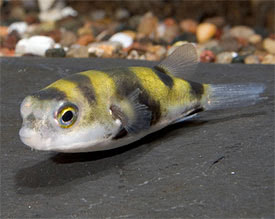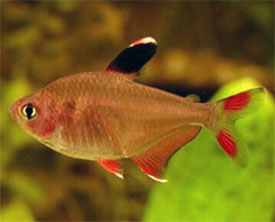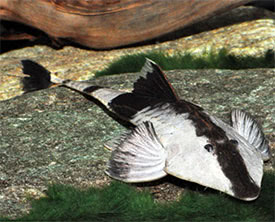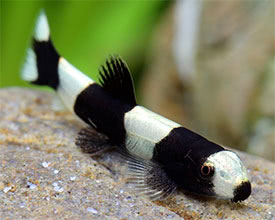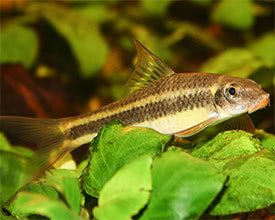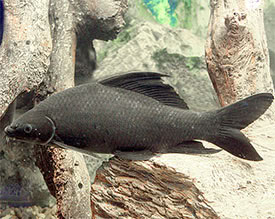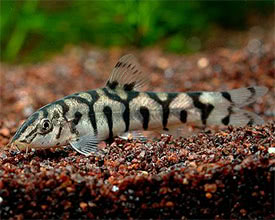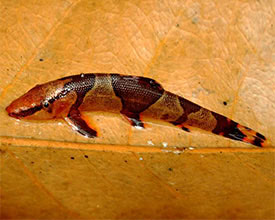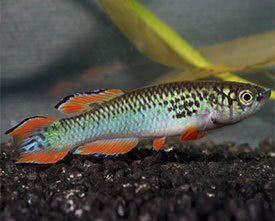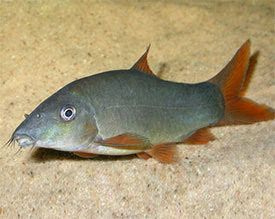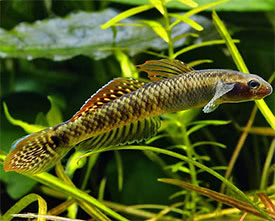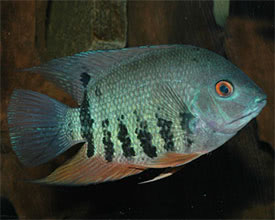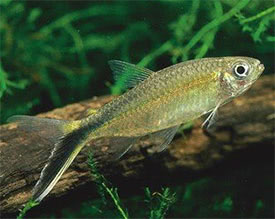
 Magyarul / Hungarian
Magyarul / Hungarian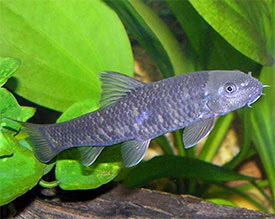
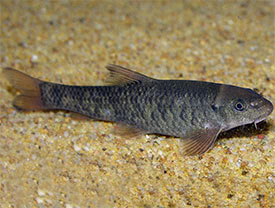
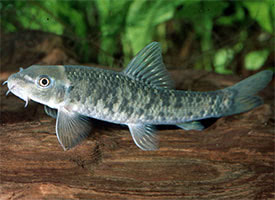


- Scientific name: Garra rufa
- Synonyms: Discognathus rufus (Heckel, 1843), Discognathus obtusus (Heckel, 1843), Garra rufa obtusa (Heckel, 1843), Discognathus crenulatus (Heckel, 1843), Garra rufa crenulata (Heckel, 1843), Garra rufa gymnothorax (Berg, 1949)
- Common name: Doctor Fish
- Group: Cyprinids
- Habitat: Asia; Turkey, Syria, Jordan, Israel, Iraq, Iran
- Size: 10-12 cm
- Biotope: Found in different habitas, from the swiftly-flowing rivers through larger lakest to hot springs. A bottom dweller fish that lives under and among stones and vegetation.
- Social behavior: A quite peaceful fish. If kept singly it may becomes more aggressive with similarly-shaped fish, so it is recommended to keep them in smaller group.
- Diet: Omnivorous; in nature it eats algae, but it is not an exclusive herbivore. In the aquarium it will accept everything: live, frozen and flake foods too. Vegetables such as cucumber and spirulina can be offered to the fish.
- Breeding: Hard
- Tank: Minimum 150 litres
- Population: 6-8 fish for 200 litres
- Decoration: Build an aquarium that resemble a flowing river, with a substrate of variably-sized rocks, sand and fine gravel. The water must be clean and well-oxygenated. Water-movement should be high, it can be 10 times of tank volume per hour. Use bright lighting that will promote the growth of algae.
- Temperature: 15-28 °C
- pH: 6-8
- Hardness: 1-15 NK°
- Lifespan: 8-10 years
Description: Garra rufa’s color can vary between individuals, but basically it has elongated darker brown body with a dark or iridescent blue spot behind the gill cover and at the base of the tail. These spots are more prominent in young individuals. Their lower lip modified to form an adhesive disc, allowing the Doctor Fish to cling to surfaces in turbulent conditions, while the upper lip is reduced and thichened, and used to scrape algae and other foods from rock surfaces. The Doctor Fish is not particularly attractive, but it is quite popular in the aquarium trade due to its feeding habits.
In Turkey (near the town of Kangal) these Doctor Fish live in hot springs, where the water temperature can be as high as 37°C. In these hot spring environments local people have taken advantage of the feeding habits of the doctor fish for centuries, as the fish will consume human skin in the absence of normal fish foods. Doctor fish do not have any teeth, so they are not dangerous to humans, instead they have puffy lips to take off pieces of old skin. People who have skin diseases such as eczema and psoriasis have experienced that their conditions improve, or even disappear after Doctor Fish therapy. Recent research has now revealed that these fish actually produce an enzyme called diathanol in their saliva, which aids the regeneration of skin. Unfortunately due to their special feeding habit the risk of over-collection is real, so they are now protected in Turkey for this reason.
Sexually mature males develop a series of noticeable white colored tubercules on the head, and mouth, while females become noticeably plumper. Garra rufa are bred in large numbers in several countries, but it is uncertain if these are bred naturally or via artificial stimulation with hormones. The fish in the wild spawn continuously during the months of April to November, they scatter the egg among the rocks, and the adults do not exhibit parental care. The young fish become sexually mature in 8 months.







